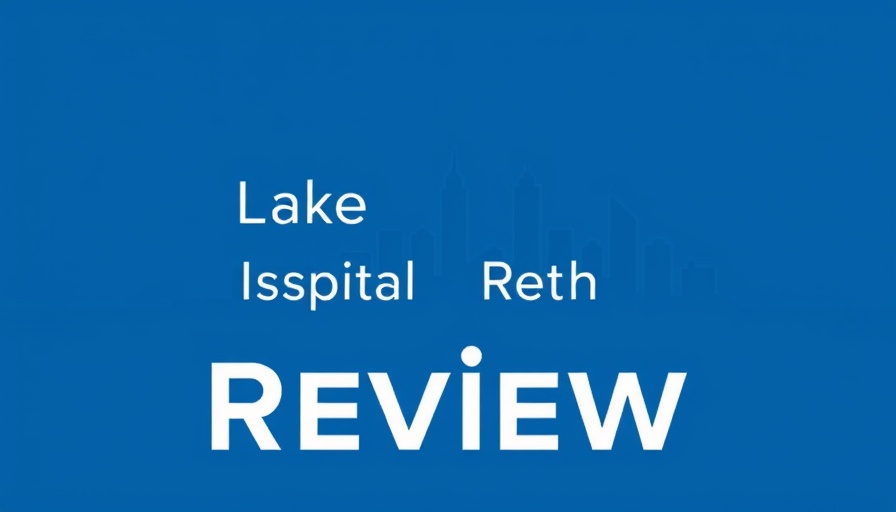
Unpacking Hospital Readmission Rates: Why They Matter
Understanding why some hospitals achieve lower unplanned readmission rates is crucial, not just for healthcare providers but also for patients. These rates reflect the quality of care and patient satisfaction that hospitals offer. Based on data from CMS, we see significant variability across states, leading to questions about what factors drive these differences. For independent physicians and healthcare providers, monitoring these metrics can inform practices aimed at improving patient outcomes.
A Closer Look at the Top Hospitals
Leading the pack is the Hospital for Special Surgery in New York City, which boasts the lowest rate in the nation at just 10.1%. This success could be attributed to a specialized approach to surgical care, emphasizing patient education and follow-up, a necessary factor highlighted by many of the hospitals that made this list.
Common Challenges in Healthcare Compliance
While the statistics are promising, challenges remain concerning healthcare compliance and patient engagement. Hospitals with lower readmission rates often employ innovative solutions like telehealth revenue maximization strategies and patient engagement tools. For instance, the VA Northern Indiana Health Care System utilizes systematic follow-ups, ensuring patients understand their discharge instructions, which may significantly reduce readmission rates.
Emerging Trends in Hospital Practices
The adoption of healthcare automation tools is a noteworthy trend in the medical field. Missed call automation and AI phone agents are becoming standard to optimize patient communication. This not only saves time for healthcare workers but also enhances the patient experience, contributing to lower readmission rates. For rural health clinics and independent physicians, increasingly adopting these technologies could mean improved practice efficiency and better patient outcomes.
Future Insights: Shaping Patient Care
As we look to the future, the integration of technologies like remote therapeutic monitoring (RTM) will be pivotal. RTM programs can help track patients remotely, allowing providers to intervene before conditions require hospitalization. With the continued emphasis on value-based care, hospitals that invest in these solutions may see significant benefits not only in terms of patient health but also concerning Medicare reimbursement.
Decisions You Can Make with This Information
For independent practices, these data points can inspire proactive strategies to adopt new technologies and improve patient communication efforts. By learning from hospitals who excel at keeping readmission rates low, every small practice can implement necessary changes that lead to better patient care. This awareness supports overall healthcare sustainability.
Conclusion: Why This Matters
Poor readmission rates can signal underlying issues in care quality and patient management. By staying informed about which hospitals are performing well and why, healthcare providers can adopt best practices that lead to improved patient care. As the healthcare landscape evolves, the role of metrics in shaping both practices and policies will become increasingly vital. Don't let your practice fall behind—consider how you might incorporate these insights into enhancing patient health journeys.
 Add Row
Add Row  Add
Add 




 Add Row
Add Row  Add
Add 

Write A Comment